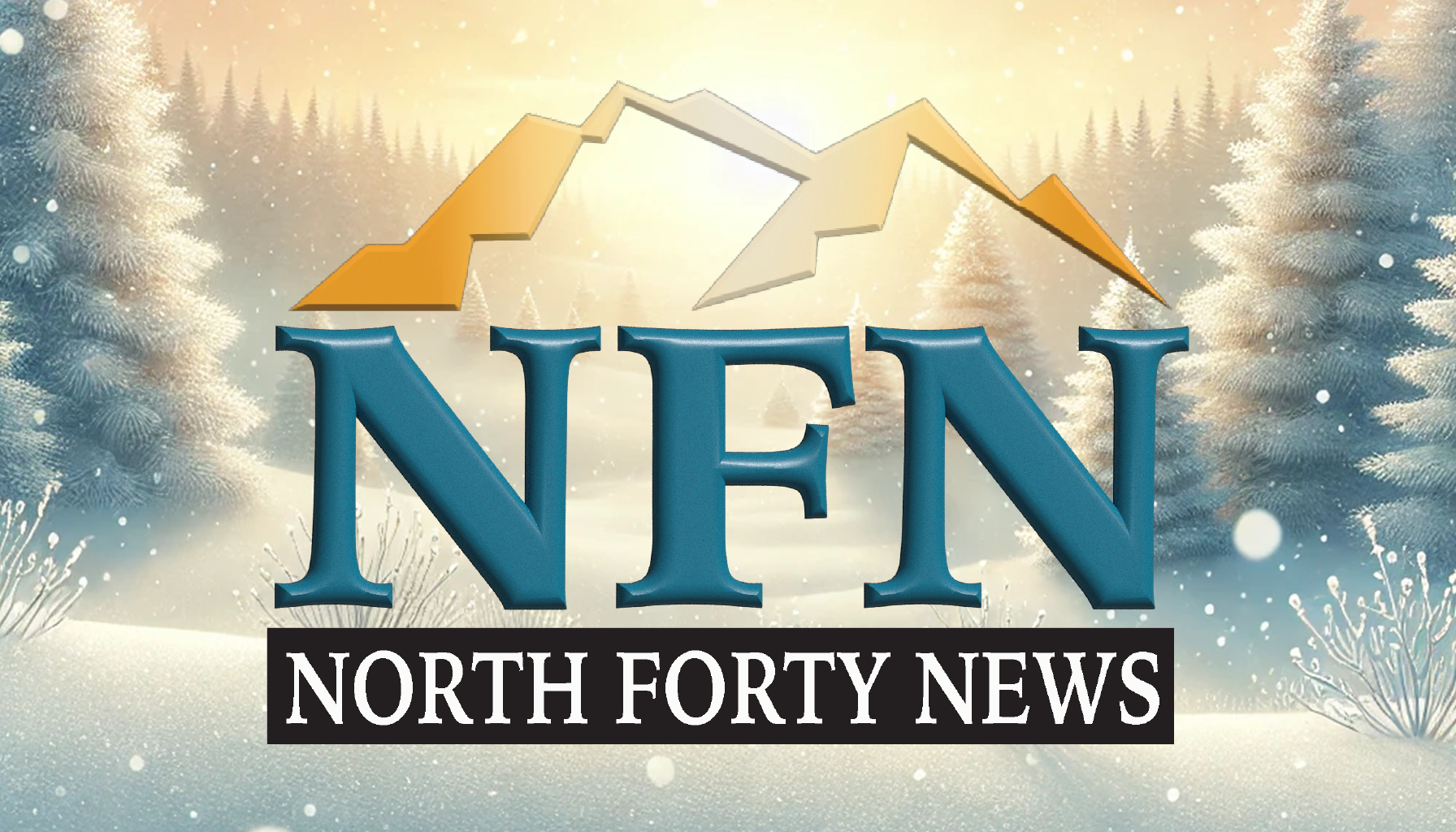Support Northern Colorado Journalism
Show your support for North Forty News by helping us produce more content. It's a kind and simple gesture that will help us continue to bring more content to you.
BONUS - Donors get a link in their receipt to sign up for our once-per-week instant text messaging alert. Get your e-copy of North Forty News the moment it is released!
Click to DonateLast week, more than 80 volunteers removed fencing on Soapstone Prairie Natural Area and Red Mountain Open Space to prepare the properties for a pasture where bison will be reintroduced this fall.
With support from City of Fort Collins and Larimer County staff, the volunteers removed roughly six miles of fence over two days on city- and county-owned properties about 20 miles north of Fort Collins.
The existing fence needed to be taken down to prepare the site for the reintroduction of American bison to the properties. New fencing will be erected to create a roughly 1,000-acre pasture where about a dozen bison will be released on these historic grazing grounds on Nov. 1.
“This is the bison’s ancestral land,” said Don Gillespie, a volunteer. “There can’t be anything more authentic in this area than bison.”
The volunteers used an array of tools to clip the barbed wire fencing from posts, pull the posts from the ground and collect the debris to be reused or recycled. More than 1,500 posts were removed during the project.
Volunteers for the project consisted of groups from Larimer County, City of Fort Collins, Defenders of Wildlife, Hewlett-Packard, Larimer County Horseman’s Association and Northern Colorado Back Country Horsemen.
This project is part of a larger effort by Colorado State University, U.S. Department of Agriculture, City of Fort Collins and Larimer County to restore genetically pure bison to northern Colorado, called the Laramie Foothills Bison Conservation Herd.
The bison that will roam the properties will be purebred Yellowstone bison – without lingering cattle genes that are typical in most bison herds as a result of interbreeding.
The herd will also be free of the infectious disease brucellosis, which spreads easily among cattle, bison and elk and causes devastating “abortion storms” in herds. This is due to an innovative technique of sperm washing developed at CSU’s Animal Reproduction and Biotechnology Lab.
On June 5, the first calf destined for the Laramie Foothills Bison Conservation Herd, genetically pure and free of brucellosis, was born at CSU’s Foothills Campus. Two more bison are pregnant and will deliver this summer.
About a dozen bison will be released on Soapstone Prairie Natural Area and Red Mountain Open Space on Nov. 1, with plans for expansion of the Laramie Foothills Bison Conservation Herd in the future.
To learn more about or support the bison restoration effort, visit http://larimer.org/openlands/bison.htm or http://advancing.colostate.edu/BISON.
To volunteer on future projects, contact Pam Mayhew at 970-619-4552 or [email protected].

